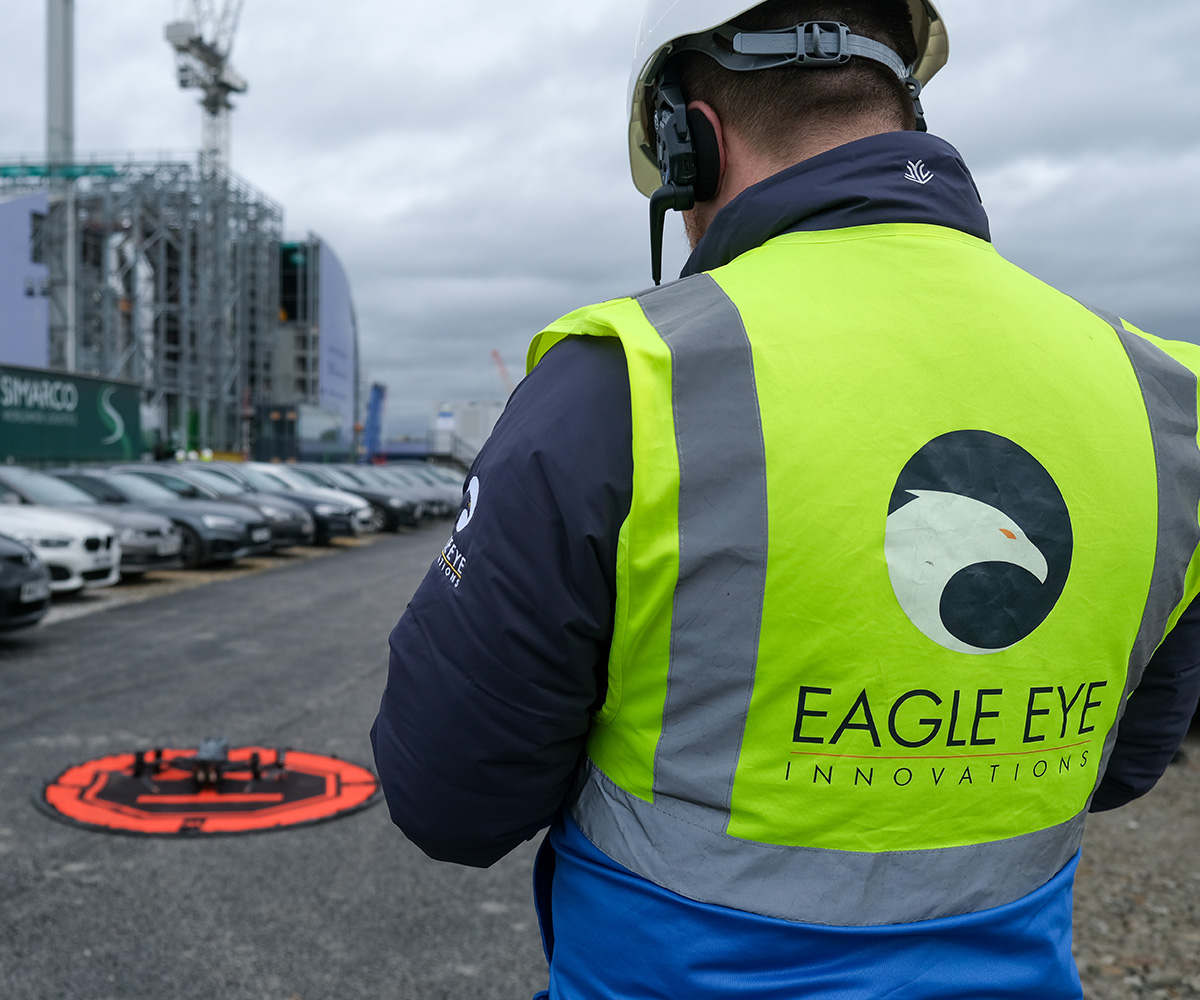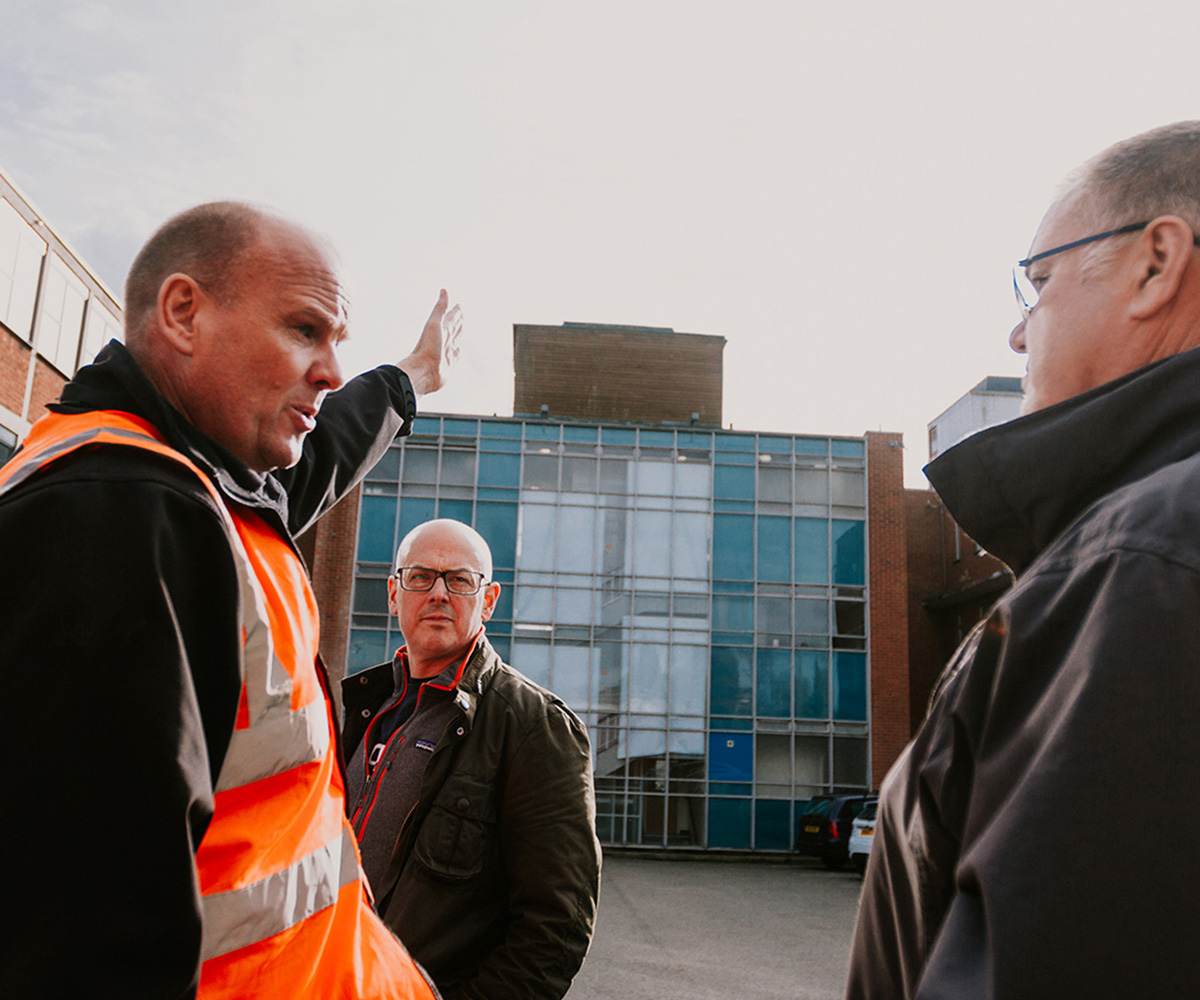
Learn about Eagle Eye Innovations and the people at the heart of the organisation.


Having established an impressive growth rate and a trajectory that made some of us feel like we might all be millionaires overnight, we collectively realised we needed to be more organised. We were designing, building, testing and selling (at least that was the intention) a complex cargo drone for defence and commercial use applications. To do that as a business, you need to ‘have your ducks in a row’.
Of course, organisation sounds easy on paper – it’s all ‘to do lists’, surely – and when you’re small, it is much easier to achieve. Ideally, it’s best to have all of the procedures and policies you will need for the next few years in place on day one but business – of course – isn’t like that.
Moving away from the established ‘ad hoc’ approach didn’t suit all of those who had joined at the beginning and some of the staff who were in at the start left as a result. I guess seat of the pants was in their DNA and the prospect of order horrified them. I personally like to be a little more organised but as I was about to find out, there is a balance to be struck. I learned, the hard way it turned out, that processes you need for the business to be effective need to be proportionate to the size of the organisation.
On arrival, I had overseen the implementation of a Quality Management System (QMS) compliant with ISO9001:2015, an essential, but sometimes painful, process in itself. Although the ISO9001:2015 standard doesn’t mandate a QMS should have process at its heart, some were there as a necessary part of the Quality Manual. Some of those we implemented seemed to be just in name only and company staff, especially the engineer fraternity, often just ignored them! Educating staff was a key feature and the main point of this was to emphasise how important process was. This process took many months, even years of drip feeding through various briefs and training.
One function that needs process is the area of Change Management which becomes extremely important the more complex you become. In the beginning, our CM process seemed to have been written on the back of an 80’s style bus ticket, but we developed it properly and it saved us a couple of times when we were eyeballs deep in complex engineering design modifications, that could have derailed everything.
In conversation with a senior engineer just after arriving, I was told ‘complex engineering needs a complex approach’. This might seem like a reasonably intuitive statement but eventually, and not without a few painful examples, I found the opposite to be true.
The various engineering, purchasing, quality and safety functions worked best when supported by digital tools tailored to each and in an ideal world, all would be linked to each other, communicate and share information freely. In the most ideal world, there would be one single software that does everything perfectly but that is just a pipe dream. In reality, developing a tool like that would be impossibly complex. So, we embarked on a proliferation of software tools that all had some form of process at their core and at one point I had 25 logins for a plethora of different software’s across the full spectrum of company activity – I know, I counted! Confluence for company intranet, JIRA for project management, MIRO for whiteboarding, Centrik for Safety Management, Drone Desk for planning operations, Codebeamer for Test Plan development, SAP for purchasing, Hubspot for BD/CRM, Bamboo for HR, etc……..We even had one that was designed for developing processes!
Importantly, most of the software tools did not easily communicate with each other so, whilst they were good at what they did, they required manual migration between tools, very often time consuming and frustrating in equal measure.
Even when established, process needs constant review and evolution to address the dynamic nature of change in a business like ours. We weren’t big enough to have a dedicated function for that and so it was a secondary consideration. This meant it was often forgotten and we consequently experienced a couple of examples of discovering a process that had never been used in anger, even though it had been in existence for a couple of years!
The big learning point – don’t have process for process sake, it’s a waste of valuable time developing and refining processes if they’re not needed. Learn to identify where adding a process adds real value in a function that needs it. Review periodically to continue to verify its currency.
And limit the number of software tools you use to manage process in business. If you don’t keep things simple, the act of introducing process to simplify activity has the opposite effect – it chokes and complicates the day-to-day business, making life even more difficult when it’s tricky as it is….
Next Episode – Safety is not a dirty word….
– Craig Lippett, Head of Technical Services
Training

The construction industry operates in a dynamic environment characterised by tight deadlines, complex project requirements, and stringent safety regulations. But how can drones revolutionise onsite operations and safety?
Training

Keeping farms and agricultural sites safe is becoming increasingly important, especially as we head towards the warmer summer months. But always keeping such large areas of land safe traditionally requires increased manpower, spending on security systems and time that those... Read more
Training

In the rapidly evolving landscape of technology, drones have emerged as versatile tools, transforming various industry sectors, particularly the utilities sector. Drones have fast become one of the best ways of improving health and safety on site, but in order... Read more
Training

Drones are revolutionising various aspects of the UK rail industry, from infrastructure inspections and drone mapping for railways, to emergency repair response. But what are the benefits?
News

In light of the Protector RG Mk1’s first flight from RAF Waddington, we wanted to highlight the differences in the MQ-9 Reaper and the new MALE platform.
Training

Over the years, drones have crept their way further into the Superyachting industry. But how does having the right drone training and efficient drone pilots really add benefit out on the water?